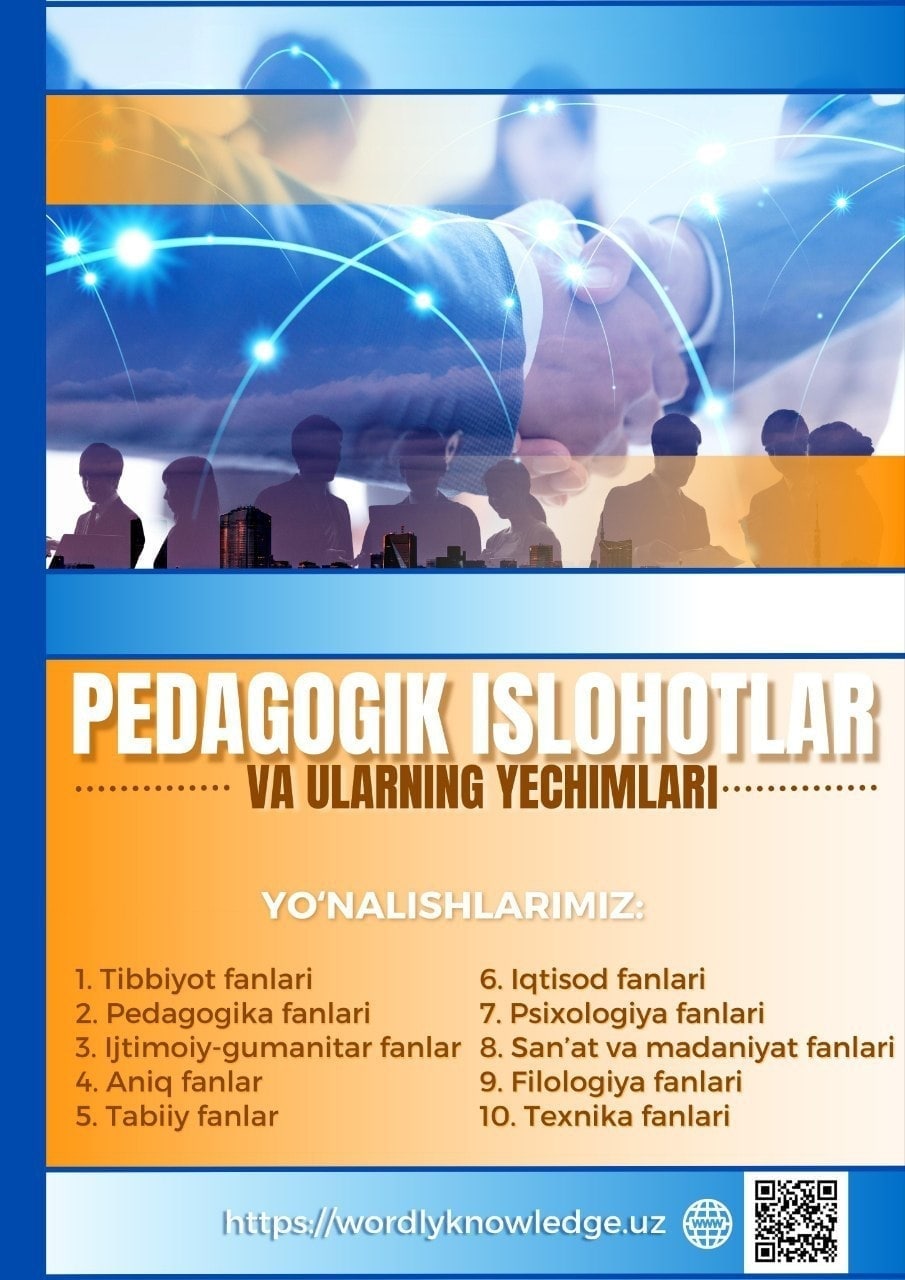EVALUATION OF THE EFFECTIVENESS AND SAFETY OF METHODS FOR PREVENTING PAIN SYNDROME IN NEWBORNS
Keywords:
Disorders, pain, characteristics, elements, neurophysiological systems.Abstract
The counteraction of torment disorder in babies is a basic part of neonatal consideration that requires cautious thought and assessment. Babies are especially defenseless against torment, as their sensory systems are as yet creating and their capacity to direct agony reactions is restricted. Lately, there has been expanding consideration regarding the significance of forestalling and overseeing torment in babies, given the possible long-haul outcomes of untreated agony on their neurodevelopment and in general prosperity.
References
Aranda JV, Carlo W, Hummel P, Thomas R, Lehr VT, Anand KJ. Absence of suffering and sedation all through mechanical air flow in youths. Clin Ther. 2005; 27:877-99.
Hallway RW, Boyle E, Young T. Do ventilated youths require torture the leaders? Semin Perinatal. 2007; 31:289-97.
Franck LS, Vilardi J, Durand D, Powers R. Opiate withdrawal in young people after never-ending imbuements of morphine or fentanyl throughout extracorporeal movie oxygenation. American Journal of Fundamental Thought. 1998; 7:364-9.
Ionizes SP, Weiss MG, Angelopoulos M, Myers TF, Handa RJ. Plasma beta-endorphin obsessions and absence of pain muscle loosening up in the baby maintained via mechanical ventilation. Journal of Pediatrics. 1994; 125:113-6.
Saaremaa E, Huttunen P, Epaulet J, Heretoga O, Fellman V. Advantages of fentanyl over morphine in absence of torment for ventilated youngsters after birth: a randomized fundamental. Journal of Pediatrics. 1999; 134:144-50.

